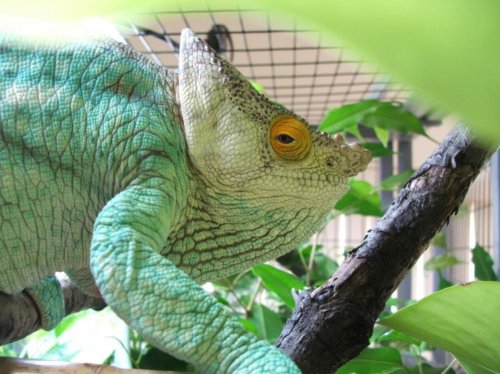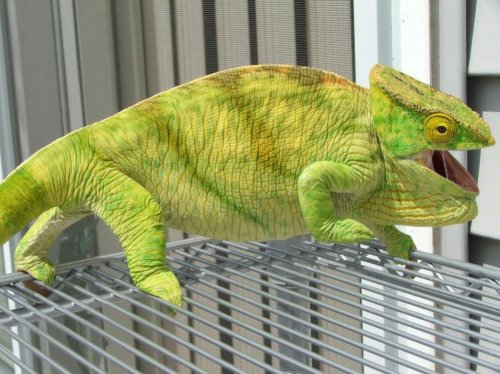Todnedo
Avid Member
I think it is taboo on the forum because most parsonii keepers are still experimenting with techniques, and perhaps don't want to give away all their secrets. I can respect a keeper who does not want to encourage more animals being taken from the wild because a breed becomes popular.
There are very few secrets in Parsonii husbandry.
For those of you who wish to keep Parsonii, to keep just one for your own personal interest and not work toward breeding is a crying shame IMHO.
If you do venture into parsonii husbandry ask the seller:
Date of import.
county of origin
how long has he/she had them.
request a copy of the cites paper work.
demand a health check by a vet before sale.
To buy one without any of the above is simply a waste of time and money on the buyers part.
Last edited:






